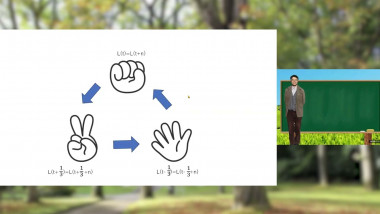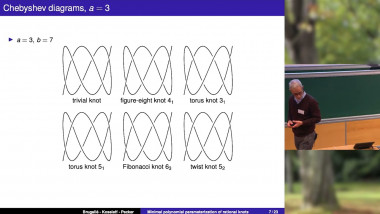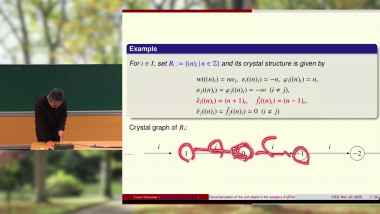Appears in collection : Current trends in representation theory, cluster algebras and geometry / Théorie des représentations, algèbres amassées et géométrie
Khovanov and Seidel introduced in the early 2000's an action of the braid group by autoequi-valences on the homotopy category of projective modules over the zig-zag algebra. This categorical action descends to the Burau representation, one of the most famous braid representations, but unlike the classical story, the lifting is faithful. It is interesting to notice that simultaneously, the Burau representation was also extended into a faithful finite-dimensional linear representation by Lawrence, Krammer and Bigelow, proving the linearity of the braid group.
I will review the basic constructions, both at the level of vector representations and at the ca-tegorical level. We will discuss possible extensions of these from classical braids (type A) to larger Artin-Tits groups, spherical or not, and try to relate Khovanov-Seidel's construction to Soergel bimodules and categorified quantum groups. I will also try to emphasize several metric aspects that appear in an elegant way from the categorical setting, with an emphasis on Bridgeland's stability conditions. Along the way, I would like to list several open questions and problems that I care about, hoping that someone in the audience will come up with a good idea.














